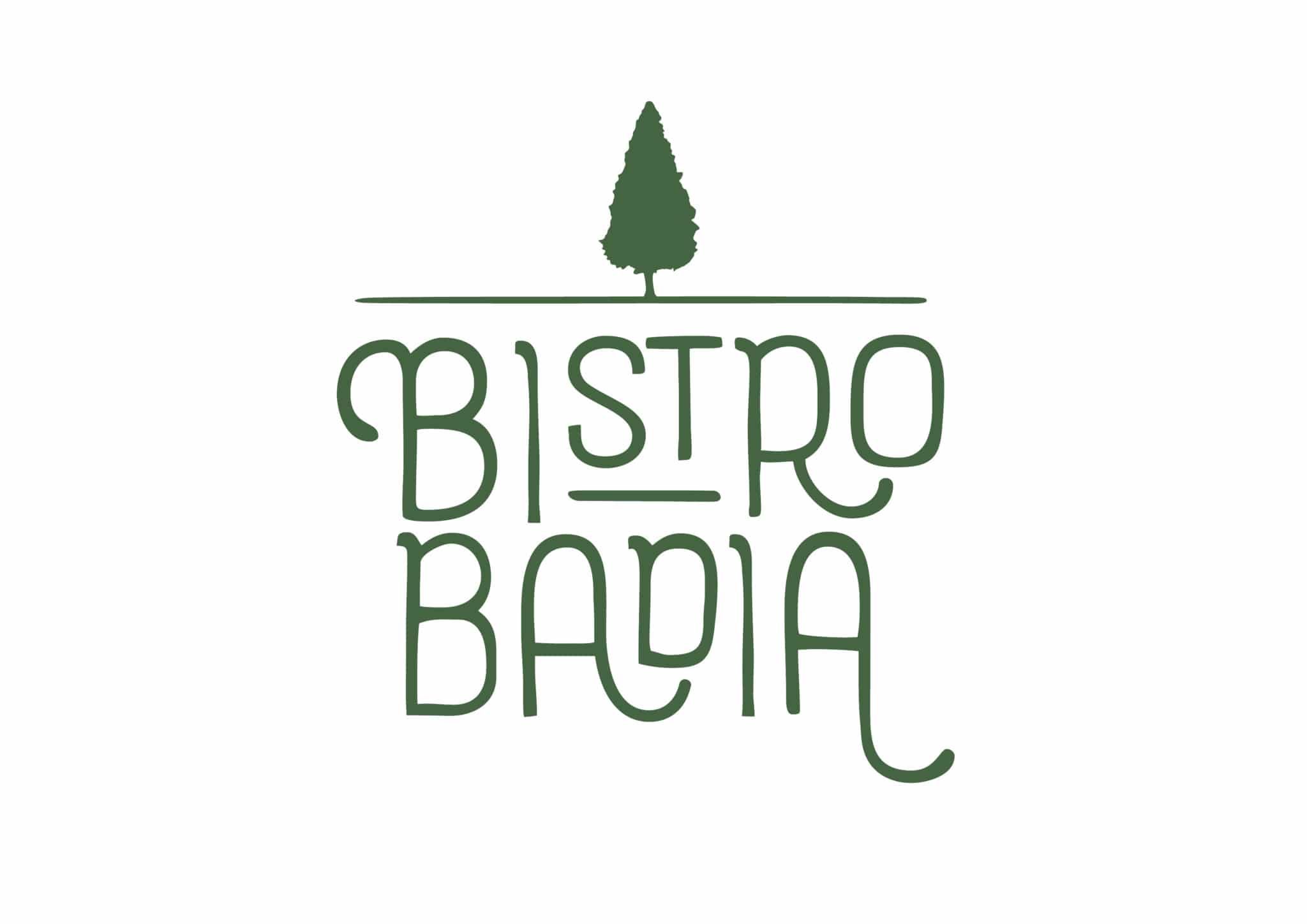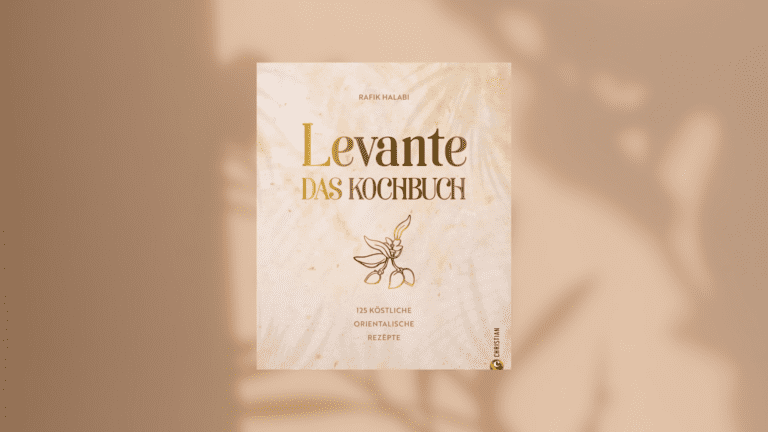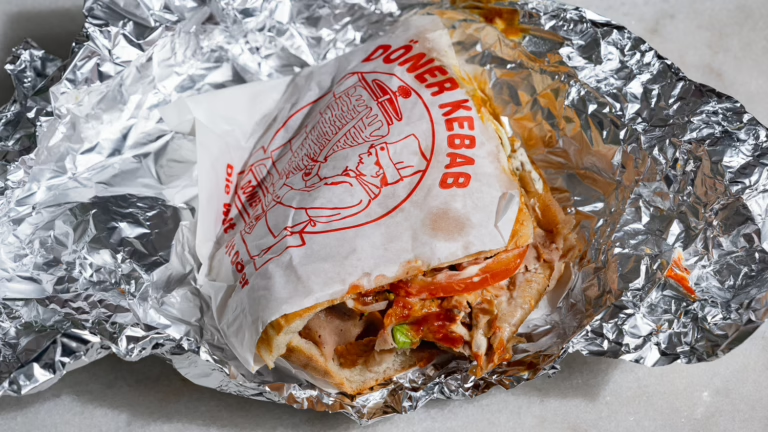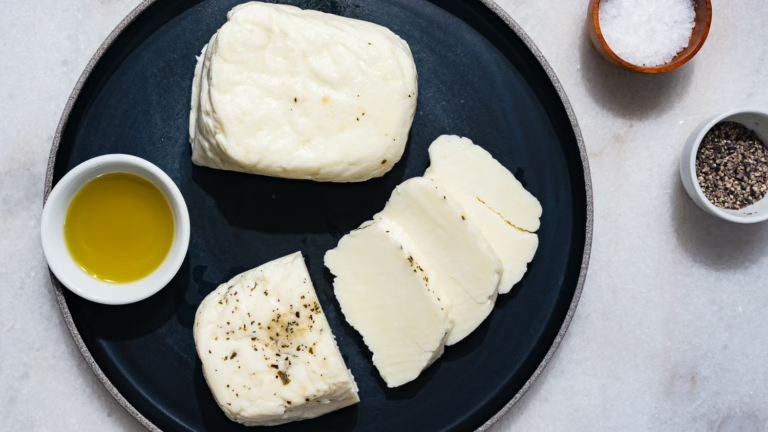Vine leaves – preparation & shelf life
Grape leaves are an integral part of Levantine and Mediterranean cuisine – filled with rice, tomato, mint, parsley, cinnamon, lemon… stewed until soft and buttery… delicious! If you don’t know much about vine leaves yet, don’t worry: here you can find out how to prepare them, what to look out for and how to store them properly.
What are vine leaves?
Vine leaves are, as the name suggests, the leaves of the vine. Wow, I’m a genius! And yes, you can eat them! In Arabic they are called “warak enab”. Stuffed vine leaves are one of my favorite “snacks”. It’s always a bit of work, but I also find it a meditative relaxation that is well worth it! You can find my basic recipe for stuffed vine leaves here.
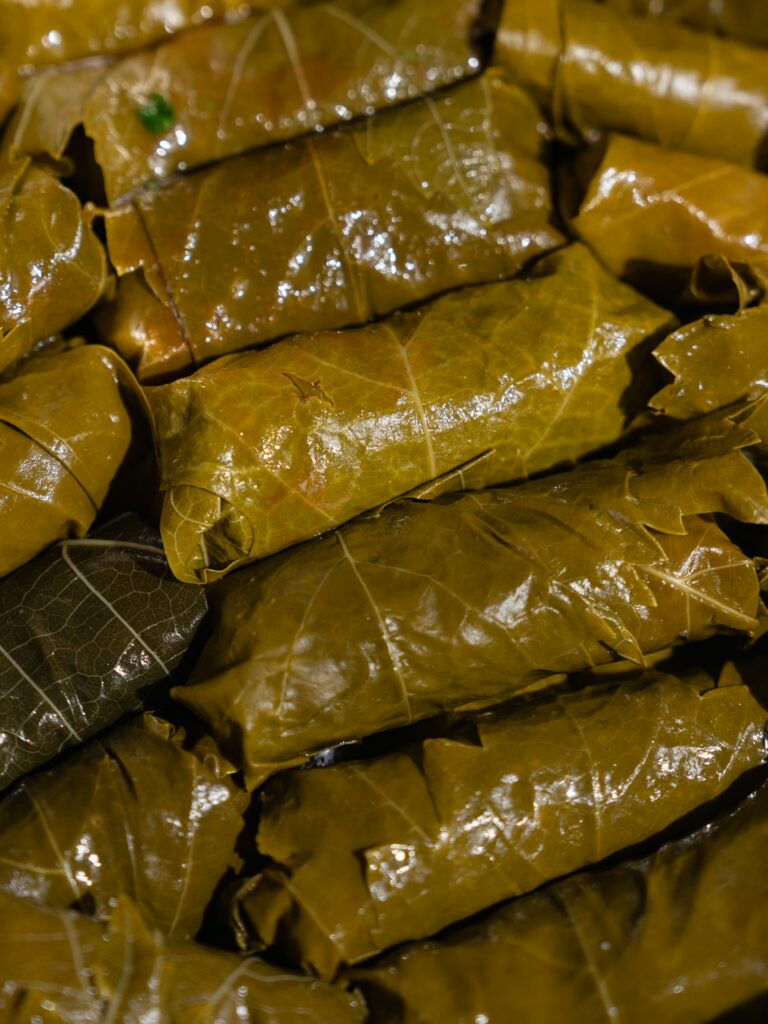
Vine leaves are an integral part of Arabic, Turkish and Greek cuisine and you can buy them in country-specific supermarkets or in the delicatessen section. However, they are usually not fresh, but pickled or shrink-wrapped.
What do vine leaves taste like?
Vine leaves taste mild and have a nice acidity, which I particularly love about them. Fresh leaves are a little softer in taste, pickled they can taste more intense due to the brine. If they are too salty for you, soak them briefly in water and rinse them.
Are vine leaves healthy and safe?
Yes, absolutely! Vine leaves are not poisonous – this is somehow a persistent rumor, but it’s nonsense. They are full of fiber and vitamins and resemble vegetables such as collard greens, savoy cabbage, white cabbage, etc.
The only problem with fresh vine leaves is that they are often sprayed and can therefore be contaminated with pesticides . So if you want to prepare fresh vine leaves, look for organic quality or harvest them from someone who has vines in their garden.
So if you have a vine nearby, you can harvest the leaves fresh and then prepare them yourself.
How can you prepare fresh vine leaves yourself?
I’m going to show you how easy it is to prepare fresh vine leaves so that you can reuse and fill them:
- First wash the freshly harvested vine leaves thoroughly with cold water.
- Carefully remove the stems.
- Then blanch them in hot water for 1-2 minutes until they are pliable.
- Drain the vine leaves, spread them out on a kitchen towel and pat them dry.
Tip: Young, lighter-colored vine leaves taste less intense and delicate. The older and darker the leaf, the stronger the flavors. It’s a matter of taste 🙂 Blanch thick, older leaves longer than young, tender vine leaves.
You can use already pickled vine leaves from the jar or shrink-wrapped and stuff them straight away. I’ll show you how to do this in my recipe for stuffed vine leaves with minced meat.
How to store vine leaves correctly: shelf life and tips
- Fresh vine leaves will keep for a few days in the fridge, preferably wrapped in a damp cloth.
- You can also freeze them or soak them in salt water yourself if you want to keep them for weeks or months.
- Once opened, you can store pickled vine leaves from the jar in the fridge and use them within a few weeks.
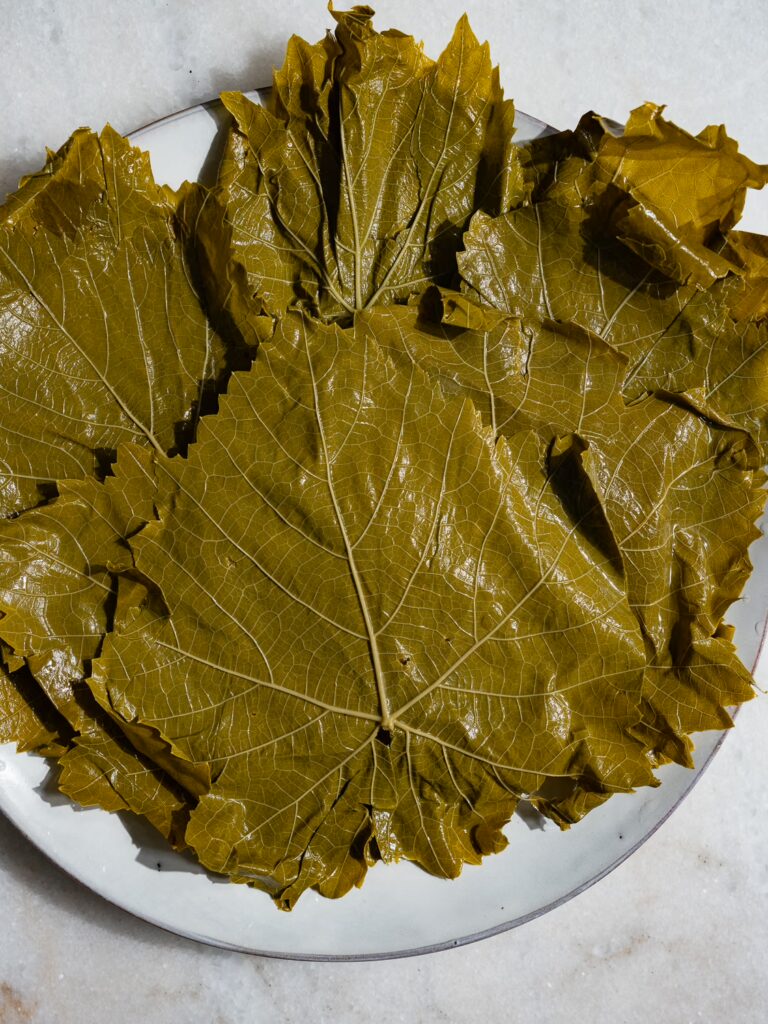
You can also follow me on Instagram for even more inspiration about Levante cuisine.
